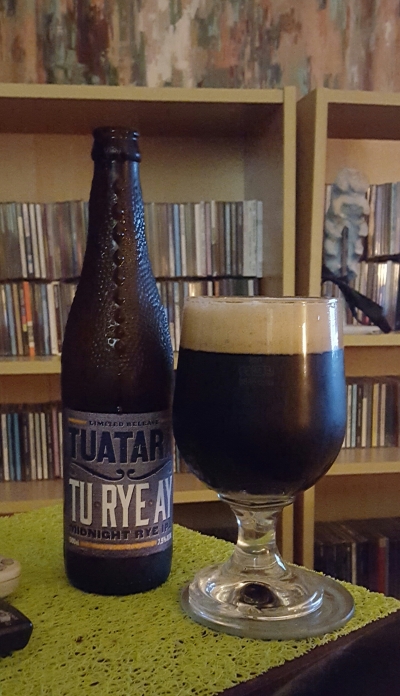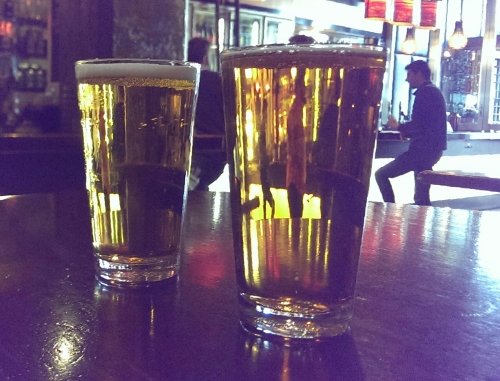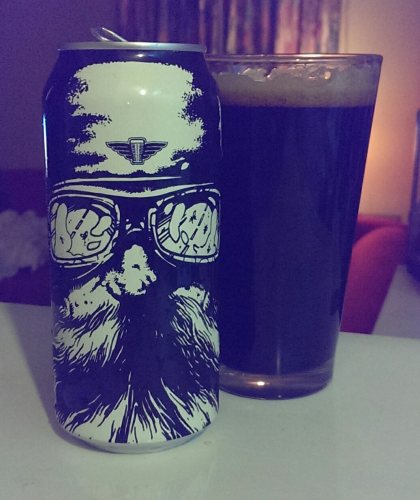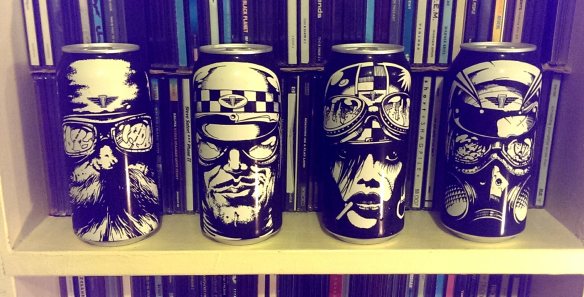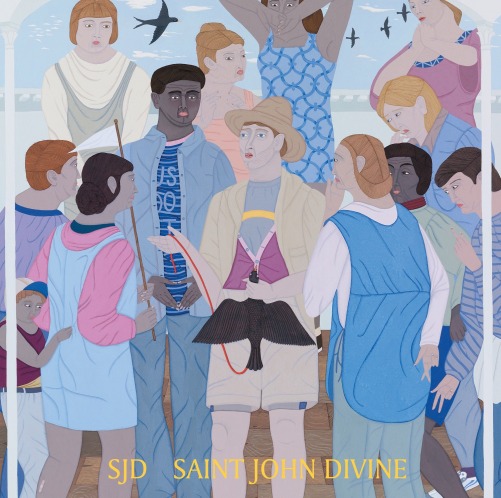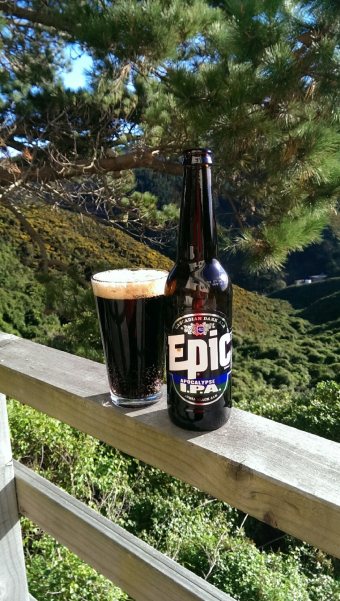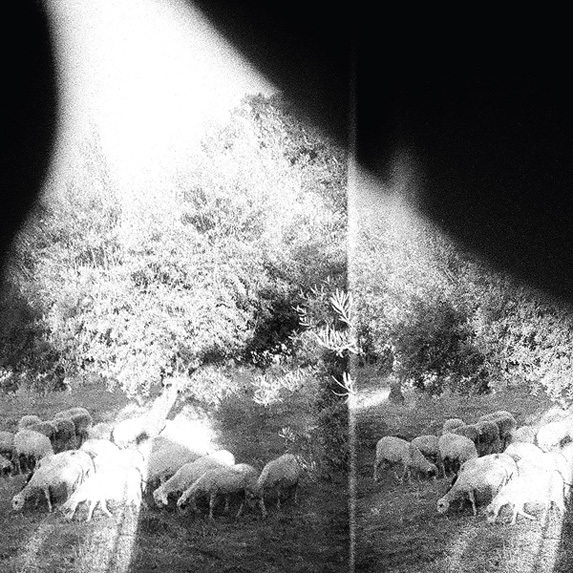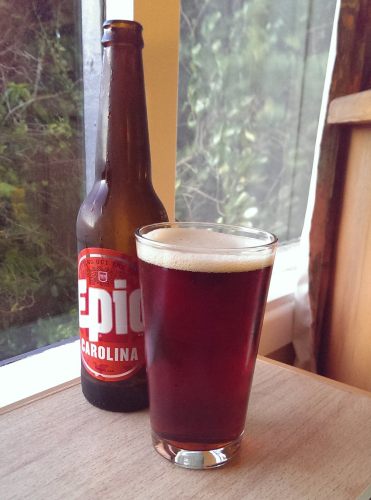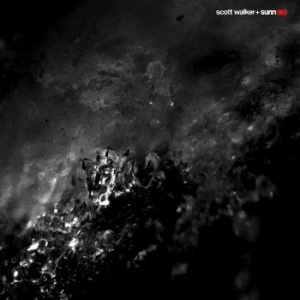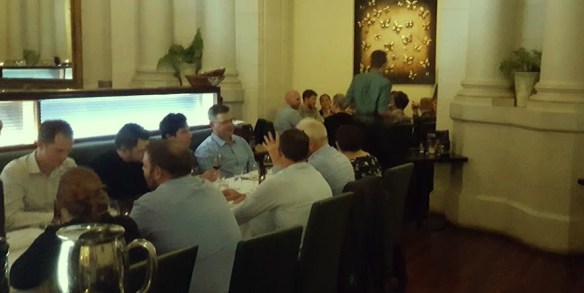
Fine food and fine beer – the Night Spirit launch at Logan Brown
How do you launch a new beer onto the market? Especially in a market as crowded as Wellington’s beer scene?
Over the years, I’ve seen tap-takeovers, meet-the-brewers, and launch parties at crafty-friendly bars. Brewers will also try to take advantage of the opportunity presented by beer festivals such as Beervana or the Greater Wellington Brew Day to expose a new beer to an enthusiastic and open-minded audience. And, of course, there’s sending out bottles and press-kits out to journalists and writers pre-launch to build a bit of hype through media coverage.
Then there’s the how Upper Hutt’s Kereru Brewing Company decided to launch their newest beer, ‘Night Spirit’ – with a five-course beer-and-food match degustation menu for 60 lucky ticket-holders at Logan Brown, one of Wellington’s finest restaurants.
It was an exceptional, unique and exclusive way to launch a beer; but such a launch suited Night Spirit. Because this New Zealand whiskey barrel-aged Imperial Stout is an exceptional, unique, and in its own way an exclusive ale.
Night Spirit started as Kereru’s rich and velvety ‘Imperial Moonless Stout’ (10.7% abv.), but then was poured into four NZ Whiskey Co. American Oak casks which had previously held production from the 1987, 1988, 1989 and 1992 years. After 10 months of aging, the contents of the four casks were then blended together to create the final ale, before being bottled at a massive 12% abv.
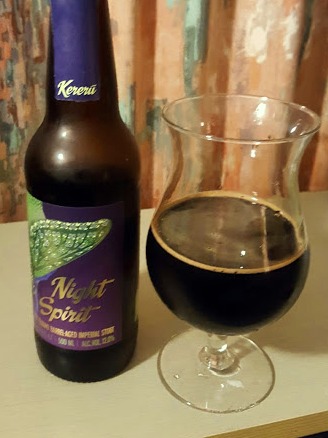
Night Spirit in the bottle
The resulting Imperial Stout is an exceptional ale. The alcohol lifts woody aromas of oak and cinnamon with the mildest hint of peaty smoke from the glass. In the mouth it’s a heady combination of whisky, liquorice and robust pinot noir. The body is thick, prompting the gentle sipping and savouring such a strong beer requires. And, as it goes down, the play of citrus from the hops fades in over the whiskey sweetness for a spectacular aftertaste.
Night Spirit is also unique – there are very few casks used to age New Zealand whiskey for more than 20 years available for brewers to use. And once the cask has been used the whiskey flavours are gone, infused into the beer, leaving only oaky tones to be drawn from any later use. So, future batches of Night Spirit will be matured in different whiskey casks, which will carry slightly different flavours.
With only around 1,340 bottles of Night Spirit produced (as well as one keg, which will go on tap at Malthouse’s ‘Darkest Days: Stout and Porter Showcase’ on 23rd June), there’s only a limited opportunity to get a bottle or two of this for your enjoyment. And it won’t be cheap – expect bottles of Night Spirit to sell at around the $30 mark for a 500ml bottle. That’s an intimidating price point; but for that you’ll get a bottle of a unique and exceptionally delicious 12% abv. beer. It will likely be good for cellaring up to 5 to 10 years, and it’s worth considering it the same way you would a fine red wine – to be treasured and cherished, to be shared in moderation with friends and food for a fully sensuous experience.
And so it was on May 30th at Logan Brown. A small serving of Night Spirit, alongside a dram of the NZ Whiskey Co. 1992, made a perfect accompaniment to a melt-in-the-mouth beef short rib, braised and served with thick and gently spiced hoisin-sauce reduction. A superb matching to make the centrepiece of an evening of matches with fine locally produced food with fine locally produced beers.
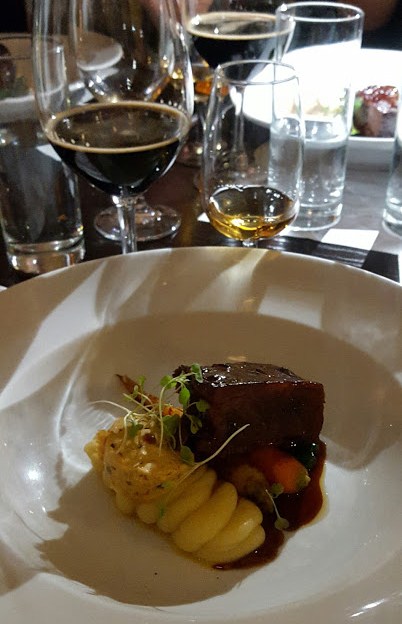
Braised beef short rib, Night Spirit and a 25 year old whiskey
If you do manage to get hold of a bottle of Night Spirit that’s the route I’d recommend taking too. Pair it with rich and dark slowly cooked beef or venison, with a focus on solidity and robustness. Don’t let the meal carry too many strong spice flavours of its own, rather let the natural taste of the meat bounce the spiced, smoky and sweet flavours of the ale around your taste buds.
The Night Spirit launch also served as the formal launch for Kereru’s barrel-aging programme. Chris Mills, head brewer of Kereru explained to me that as the local craft beer market has become more-and-more crowded with hoppy pale ales, he’s wanting to keep offering interesting and different offerings to drinkers who may be looking for something a bit different.
As well as the American oak whiskey barrels, Kereru have acquired a number of wine barrels used to age NZ Whisky Co’s Double Wood which they’ve put into use to age a range of differing styles. There’ll be more aged Imperial Stouts, Mills says, as well as sour red ales, Belgian brown ales, and Scotch ales all waiting to be brewed and aged for release over the years to come.
At the Night Spirit launch we were also offered a tasting of another new Kereru ale when desert was matched with the ‘Sweet Bippy’ Belgian Quadruple. This was a fantastically complex 9.3% abv. Belgian-style ale, loaded with rich and sweet flavours of fig and plum, over a solid base reminiscent of a dark malt biscuit. Hints of caramel crème came through, as the hops and the malt played with the underlying sweet and spicy flavours. Almost a spiced fruit cake of a beer – something warm and rich to snuggle on a cold winter’s evening.
Mills tells me that a portion of the Sweet Bippy has also been laid down to age in Double-Wood French Oak casks from NZ Whiskey Co. I am very much looking forward to see what eventuates.
With Night Spirit, Wee Heavy and Sweet Bippy, the early signs are that Kereru’s risk of investing the money in barrels and time in laying beers down to age is paying off. I look forward to seeing what else this brewery may produce over the years to come.
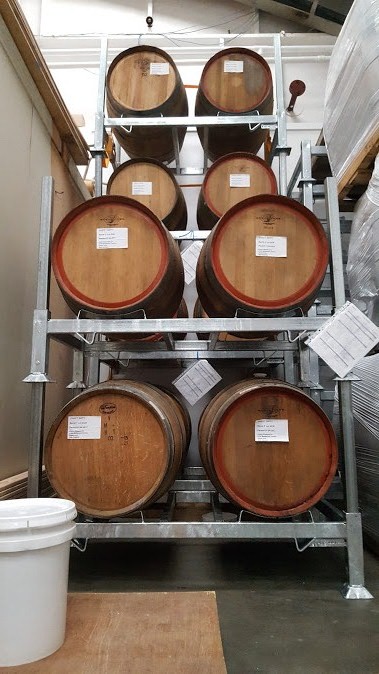
Wine barrels ageing beer at Kereru’s brewery in Upper Hutt
Scott Anderson attended the Night Spirit Launch and Degustation at Logan Brown at the invitation of Kereru Brewing Company.


